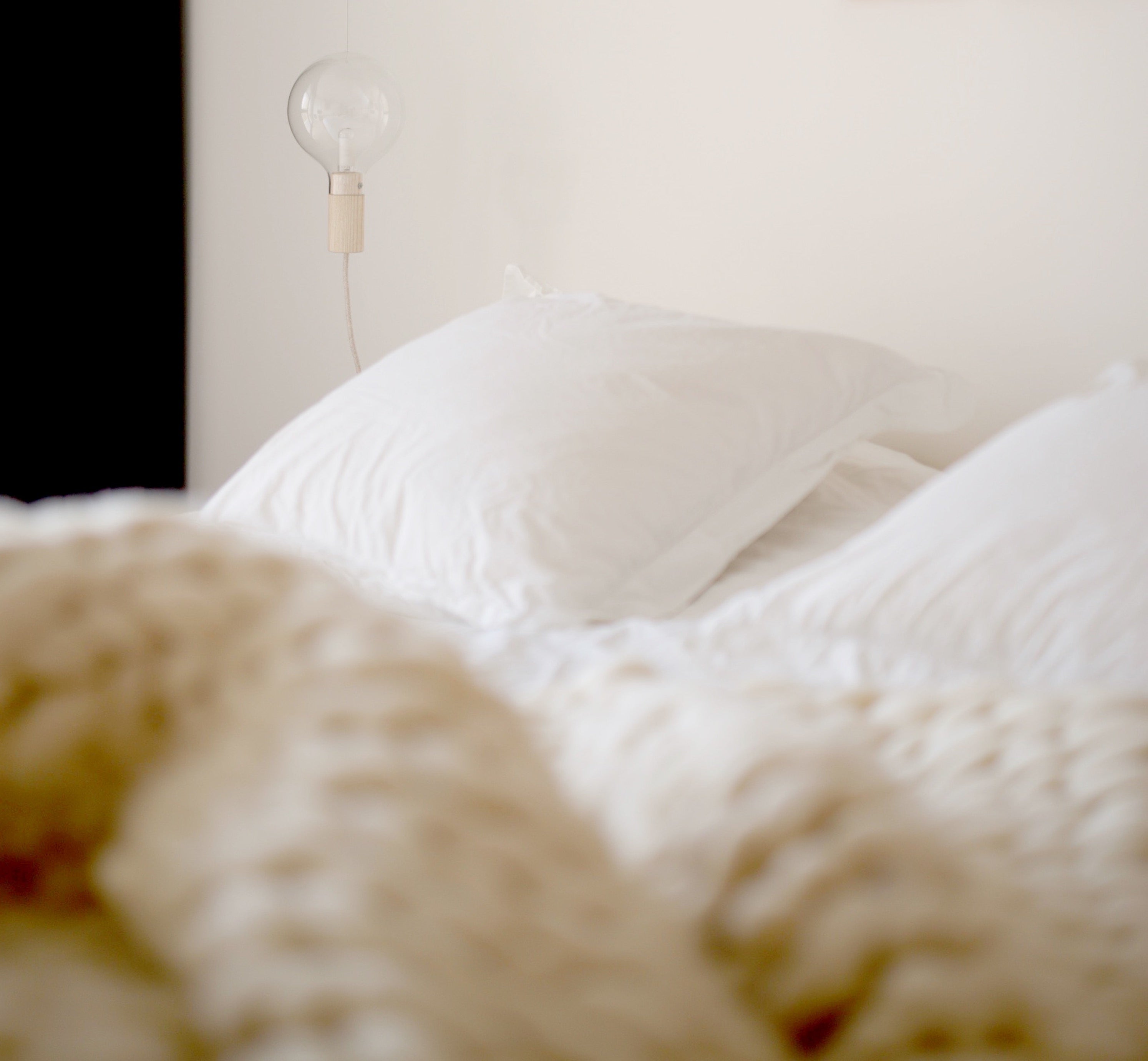
Is a memory foam pillow ideal?
Memory foam is a substance often used in pillows and mattresses. At first glance, it may seem like the ideal material for an ergonomic pillow, because the shape of the pillow adjusts according to your body due to pressure and body heat, and reverts back to its original shape once the pressure on the pillow is taken off.
To manufacture memory foam, chemicals are added to polyurethane to make it more dense and viscous at the same time. (However, it is important to note that not all memory foam pillows may have this impact on you, this often depends on the quality and even the person using it).
Here is a summary of the potential disadvantages of memory foam.
The smell: Imagine having to deal with a reeking odor coming from your pillow. Memory foam is manufactured using polyurethane and several other chemicals which emit a smell due to "off-gassing" of volatile organic compounds.
Impact on health: Though not many, there are a couple of complaints from memory foam users claiming they suffer from headaches or other allergic reactions after being exposed to this material.

Too firm: Especially at first, some users find the memory foam pillow too firm for them. Most people who complain about this is because they are used to softer pillows.
Traps heat: Memory foam is non-breathable and it attracts heat. It may cause discomfort as cooler sleep is often recommended. Sleeping cool improves metabolism and overall leads to better rest, which is why some may find a memory foam pillow uncomfortable.

Long-term effects of memory foam and its toxicity have not been understood properly, but it has always been controversial and there is clearly some reason for concern. Approximately one-third of your life is spent in close contact with your pillow, so it is important to really look into all aspects of the component that make it up.
